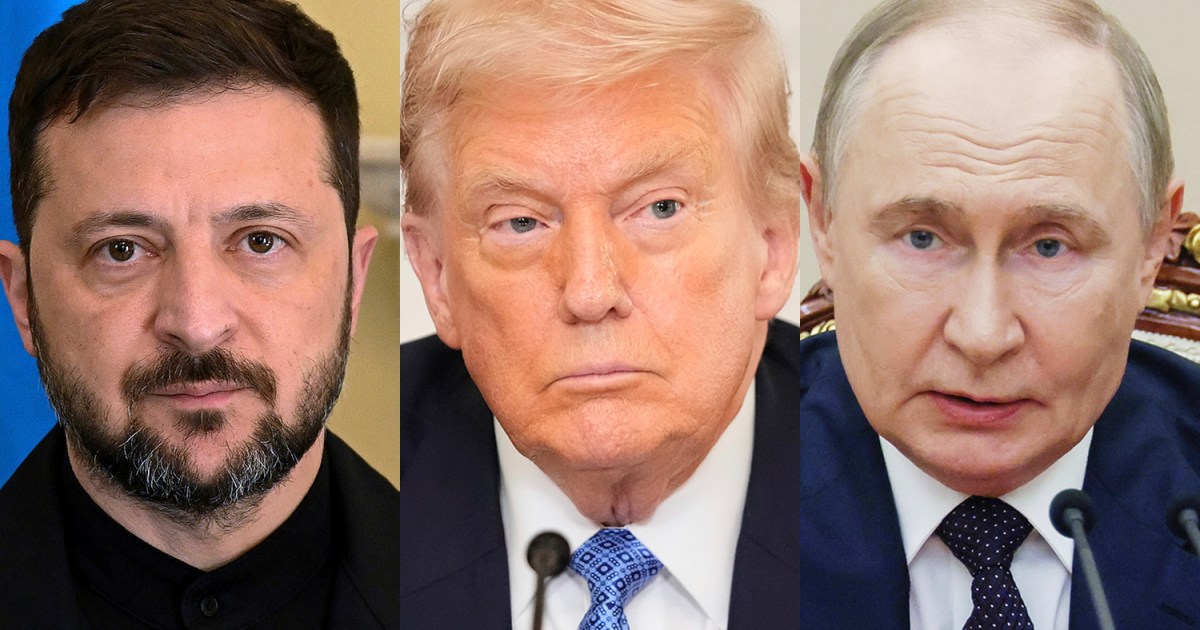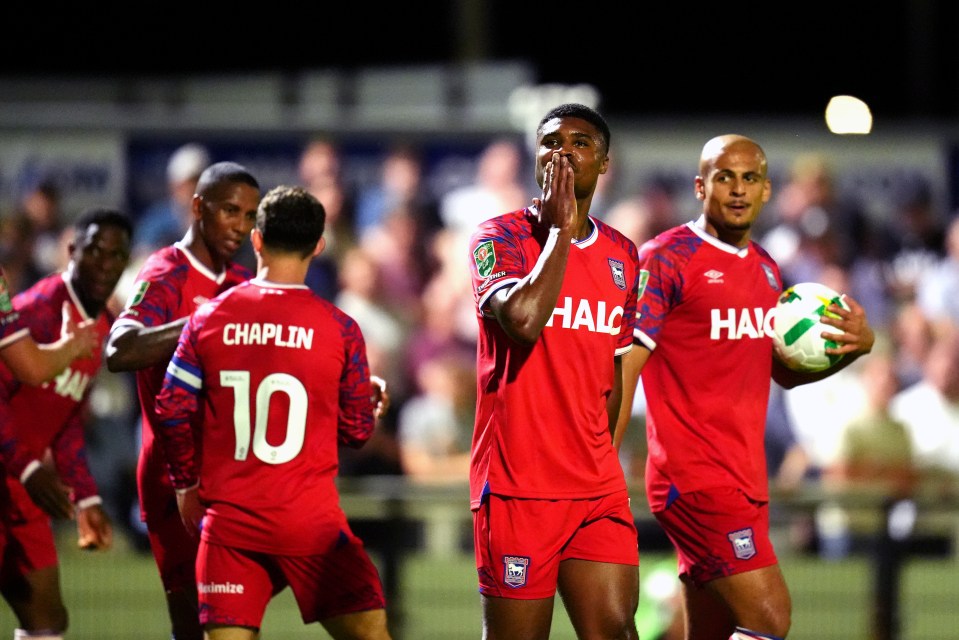2 Growth Stocks to Buy and Hold Forever
These high-quality stocks can dramatically strengthen your long-term investment returns.
The U.S. gross domestic product grew 3.3% year over year in the second quarter. That number shows the resilience of the U.S. economy despite higher interest rates and global macroeconomic uncertainty.
In such an environment, investors can particularly benefit from putting their money into companies with scale, durable cash flows, and the ability to ride secular tailwinds.
Image source: Getty Images
Here’s why these two stocks fit the criteria, making them wise buy-and-hold choices for the long term.
1. Nvidia
Nvidia (NVDA -3.38%) has firmly established itself as the leading player in artificial intelligence (AI) infrastructure, as it accounts for nearly 92% of the data center GPU market. That dominance has been the foundation of its robust financial performances of recent years. In its fiscal 2026 second quarter (which ended July 27), Nvidia reported revenues of $46.7 billion, up 56% year over year and exceeding guidance, while its GAAP (generally accepted accounting principles) gross margin was 72.4%. Management now expects fiscal third-quarter revenue to reach $54 billion, plus or minus 2%, driven by increasing demand for its Blackwell-architecture GPUs.
Nvidia estimates that between $3 trillion and $4 trillion will be invested in AI infrastructure by the end of 2030. En route to that total, it expects hyperscalers and enterprises to invest nearly $600 billion in data center infrastructure and computational technologies in calendar 2025, nearly double the amount that was invested in 2023. Nvidia’s Blackwell-based AI systems, such as the GB200 NVL System and GB300 platform, are increasingly being used by cloud service providers and consumer internet companies to train and power large AI models.
Nvidia’s proprietary Compute Unified Device Architecture (CUDA) software stack can be used to optimize its hardware for specific AI workloads. CUDA has become the industry standard, used by over 5 million developers. Nvidia has also strengthened its position in networking solutions, where its record quarterly revenue of $7.3 billion was driven by demand for Spectrum-X Ethernet, InfiniBand, and NVLink from customers building massive AI clusters. The company also highlighted that networking is now a $10 billion-plus annualized revenue business for it, underlining its importance as data centers evolve into AI factories.
Although U.S. restrictions on exporting the highest-end GPUs to China have been a headwind for the company, Nvidia is responding by adapting versions of its Blackwell chips (B30A ) that adhere to the new regulations and seeking regulatory approvals for broader deployments. It has already done this with its previous Hopper architecture, creating the H20 for Chinese customers. The company estimates the Chinese market opportunity to be nearly $50 billion in 2025.
Nvidia has also continued to reward its investors. In its fiscal second quarter, it returned $10 billion to shareholders through buybacks and dividends, and the board authorized an additional $60 billion stock repurchase program.
Trading at about 39.5 times expected forward earnings, Nvidia’s stock is quite expensive. However, that valuation seems justified considering its robust financials and unmatched AI ecosystem.
2. Alphabet
Alphabet (GOOG 0.56%) (GOOGL 0.63%) has firmly established itself as a dominant technology powerhouse, with a leadership position in digital advertising and rapidly expanding presences in cloud computing and artificial intelligence. In the second quarter, it reported revenues of $96.4 billion, up 14% year over year, and operating income of $31.2 billion. Those results underscore the scalability and profitability of its business model. The company also had $95 billion in cash and securities on its books at the end of the quarter, giving it the flexibility to keep investing in growth while returning capital to shareholders.
Alphabet’s core advertising businesses have demonstrated remarkable resilience. Google Search continues to provide more than half of total revenues, with AI-enhanced search features such as AI Overviews, AI Mode, and Lens offering new ways for users to access information. This has helped deepen user engagement and improve monetization. YouTube generated nearly $9.8 billion in advertising revenues in the second quarter, while subscriptions added another layer of recurring revenue streams.
Google Cloud accounted for a 13% share of the global spending on cloud infrastructure services in the second quarter, up 1 percentage point year over year. Google Cloud is benefiting from a growing demand for AI infrastructure and generative AI services worldwide. Google Cloud revenues were up 32% to $13.6 billion.
Alphabet has also successfully integrated advanced AI technologies across its entire ecosystem to improve productivity and efficiency, and create better user experiences. Its Gemini models are powering Search, Gmail, Workspace, and Maps. This is helping it hold onto its user base and improve avenues for monetization. Alphabet is also investing in other opportunities such as autonomous driving through its Waymo, healthcare, and quantum computing units — giving investors exposure to next-generation technologies.
It has been returning significant capital to shareholders, including nearly $16.1 billion returned through share buybacks and dividends in the second quarter.
Despite a resilient advertising business, a fast-growing cloud division, and deep AI integration, Alphabet trades at 18.3 times forward earnings, lower than its five-year average of 23.9.
Risks such as increased regulatory scrutiny, a looming court ruling in a major anticompetition case, rising competition in digital advertising, and concerns about the long-term impact of AI on search monetization may be among the reasons why the stock trades at a discounted valuation. Yet this very discount provides investors with the opportunity to buy shares of a dominant, cash-rich business with an AI-enabled platform at a reasonable price.
Considering these factors, Alphabet stock looks like an attractive stock to buy now and hold for the foreseeable future.
































